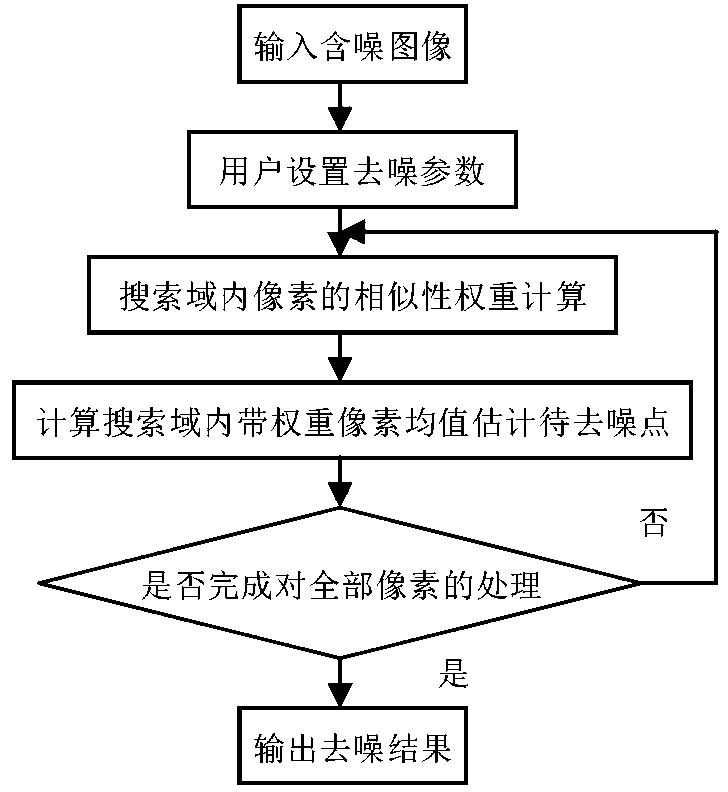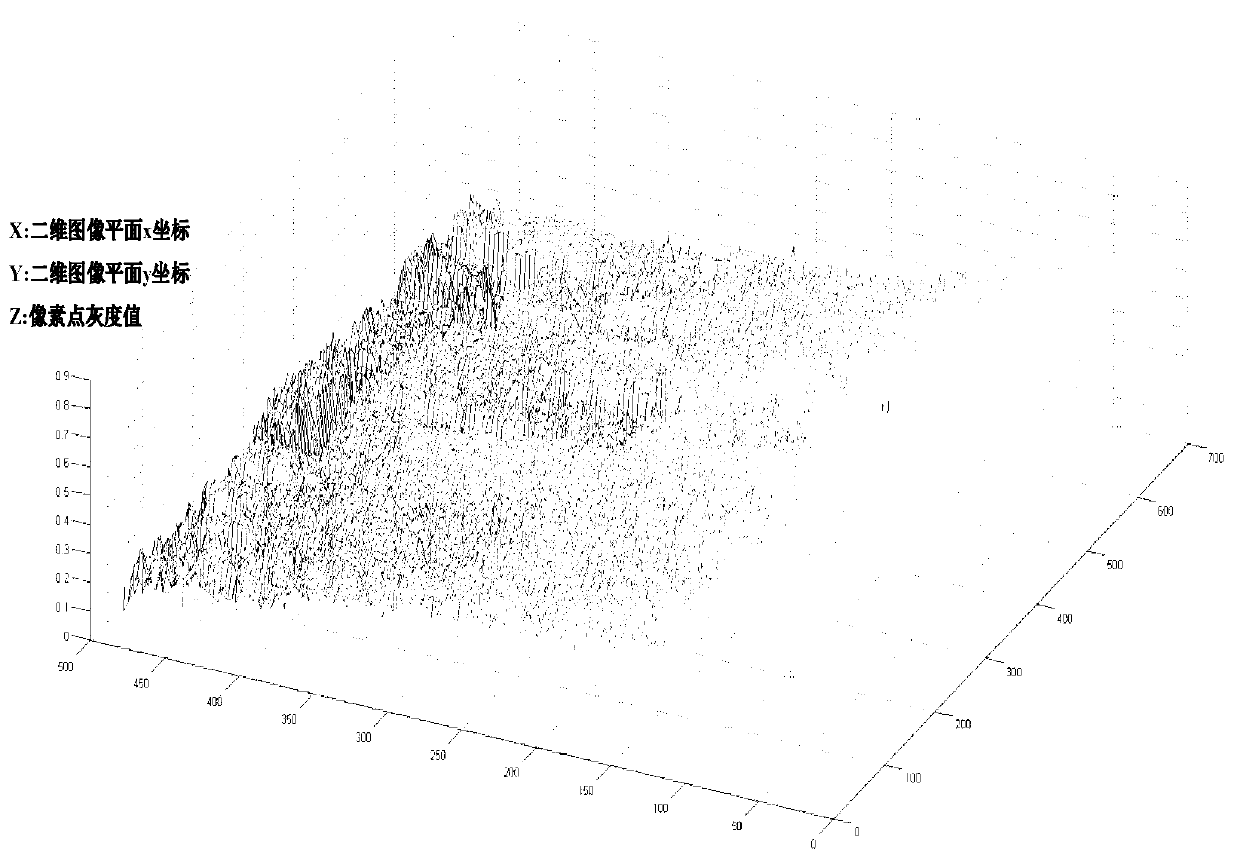Defogged image denoising method based on transmissivity
A transmittance and image technology, applied in image enhancement, image data processing, instruments, etc., can solve the problems of long running time, loss of details, and high computational cost of algorithms, achieve accurate similarity weight calculation, improve pixel reliability, The effect of reducing algorithm complexity
- Summary
- Abstract
- Description
- Claims
- Application Information
AI Technical Summary
Problems solved by technology
Method used
Image
Examples
Embodiment Construction
[0047] The present invention will be further described in detail below in conjunction with the accompanying drawings and specific embodiments.
[0048] The transmissivity-based defogging image denoising method of the present invention is a non-local mean value denoising method based on transmissivity for pre-screening and weight correction. It first uses the transmittance obtained in the dark channel prior defogging process to complete the similarity pixel pre-screening, and constructs the pixel similarity weight correction factor; then according to the proposed parameter optimization model based on the difference between the global and local gradient mean values, it can be used for different regions. Adaptively determine the appropriate denoising parameters.
[0049] like figure 2 Shown, the detailed steps of the present invention are:
[0050] (1) Using the dark channel prior dehazing method to obtain the dehazed image with noise and its corresponding transmittance image;...
PUM
 Login to View More
Login to View More Abstract
Description
Claims
Application Information
 Login to View More
Login to View More - R&D
- Intellectual Property
- Life Sciences
- Materials
- Tech Scout
- Unparalleled Data Quality
- Higher Quality Content
- 60% Fewer Hallucinations
Browse by: Latest US Patents, China's latest patents, Technical Efficacy Thesaurus, Application Domain, Technology Topic, Popular Technical Reports.
© 2025 PatSnap. All rights reserved.Legal|Privacy policy|Modern Slavery Act Transparency Statement|Sitemap|About US| Contact US: help@patsnap.com



